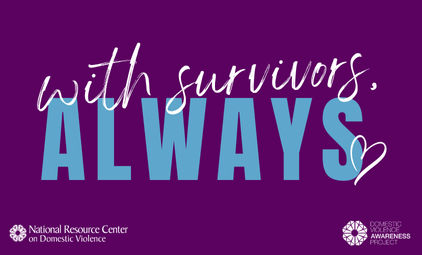This guide enables researchers, practitioners, and policy-makers to determine whether or not a prevention program, practice, or policy is actually achieving the outcomes it aims to and in the way it intends. The more rigorous a studys research deÎsign, (e.g., randomized control trials, quasi-experimental designs), the more compelling the research evidence.
The Best Available Research Evidence is widely accepted as the most commonly used type of evidence in fields ranging from medicine to psychology. Although increasingly, other forms of evidence related to clinical/practitioner experience/expertise and setting/contextual factors have been recognized as being crucial to the success of prevention efforts for many behavioral health problems, including violence.














